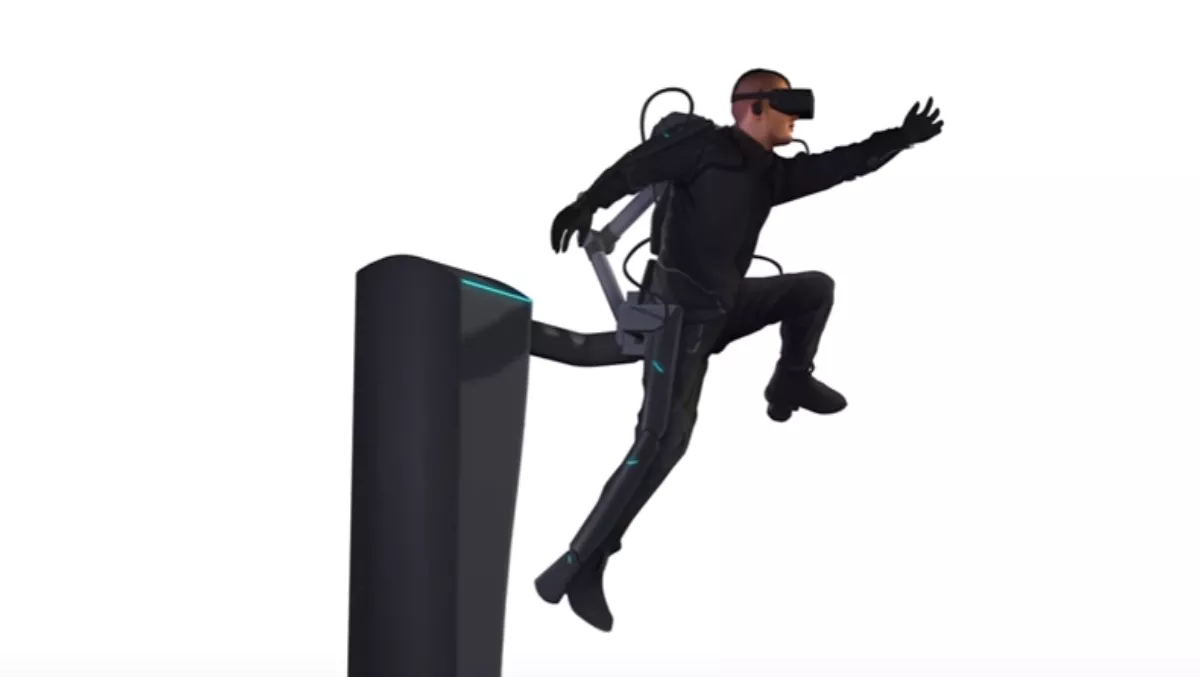
Smell the wood burn in a full-sensory virtual reality experience
VR has come a long way, headsets like the Oculus Rift and PlayStation VR opening the door to these 3D worlds to all consumers.
Sight and sound are two of the primary bases VR has to cover in order to create an immersive experience, on this front the aforementioned headsets have us covered, but what about the other senses?
The ability to touch, feel temperature, taste, smell and physically walk through VR words all still seem like far fetched concepts.
Yet all of these are important to a fully immersive VR experience and all of these (except for taste) already have products that promise to deliver this experience.
AxonVR is at the forefront of this development, promising virtual reality that feels real.
AxonVR builds haptic technology that enables realistic feeling within virtual reality worlds.
It is called HaptX Skin and is a haptic textile that simulates lifelike touch, allowing you to feel the texture, shape, motion, vibration, and temperature of virtual objects.
This textile can create sensations ranging from the brush of a butterfly's wings to the impact of a punch.
You can watch the video on how it works here:
The company have also developed an exoskeleton suit that allows users to feel realistic resistance from objects and move using their own legs.
The lightweight exoskeleton extends the realism by applying physical forces to your body.
It senses body position and then applies these forces to represent the shape or weight of virtual objects.
Users can move the exoskeleton, but the exoskeleton can also move them.
The exoskeleton suit looks like something straight out of a 1980's science fiction, but the tech is very real.
The company has been developing these technologies for four years and was founded by Jake Rubin.
Rubin has spent the past decade envisioning the full-body human-computer interface system that would become AxonVR, he brought this vision to Bob Crockett, and together they developed the platform.
AxonVR isn't commercially available yet, and when it does become available I doubt that it will be cheap, yet it showcases something important, full-body VR control is possible.
Yet where is the fun in feeling and seeing a fire if you can't smell the wood burn?
Well, that's where the folks at Feelreal VR come in.
They have developed a multi-sensory VR mask for 3D video games and movies.
The mask maximises your virtual reality presence and allows you to explore virtual worlds using smells and simulated effects of wind, heat, water mist, and vibration.
The Feelreal is compatible with all commercially available VR devices and promises to tick another sense off the list on the road to complete immersion.
So, is fully immersive VR possible?
The simple answer is yes, but we are still a little while away from realising that dream.
I expect we will see the first fully immersive VR home entertainment devices within the next decade.
However, I also expect that these devices will cost more than a pretty penny when they come out.


